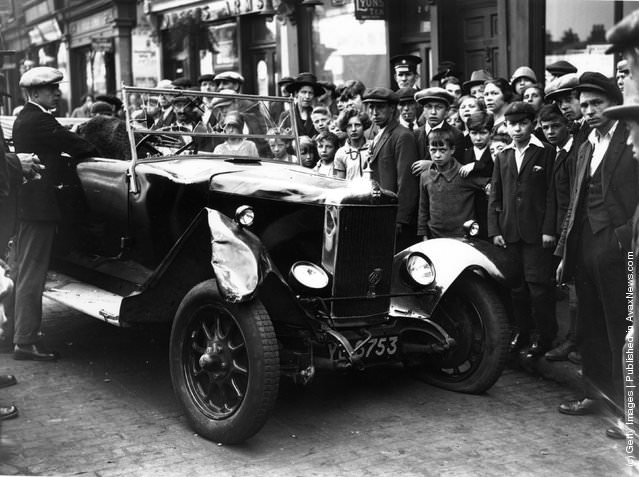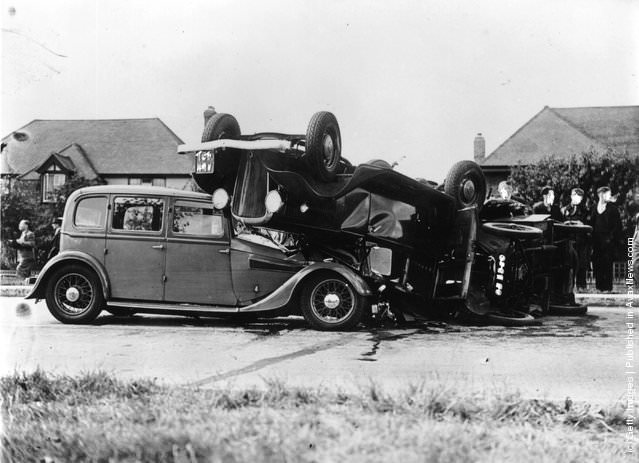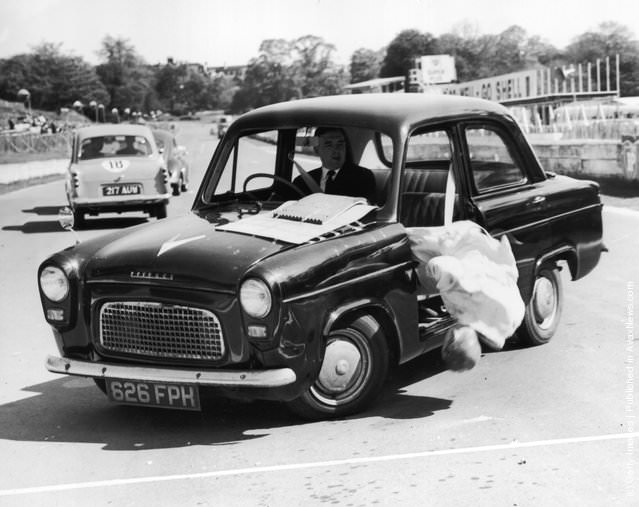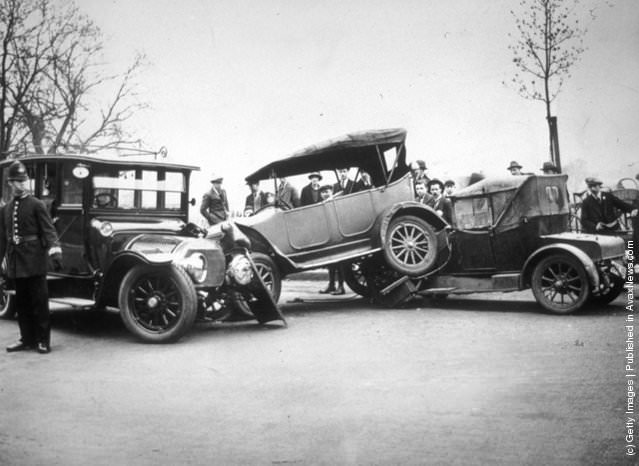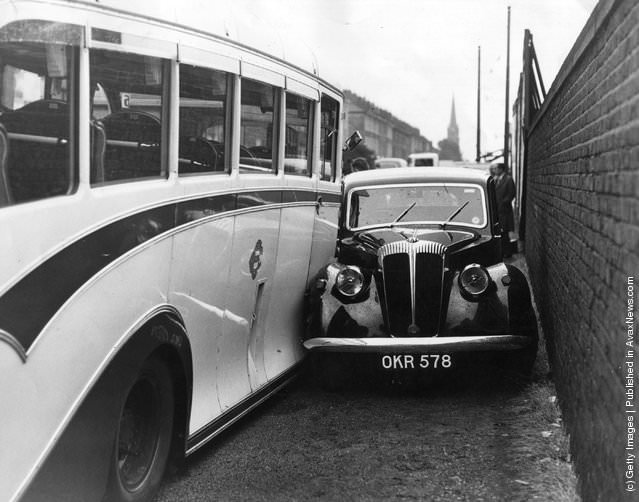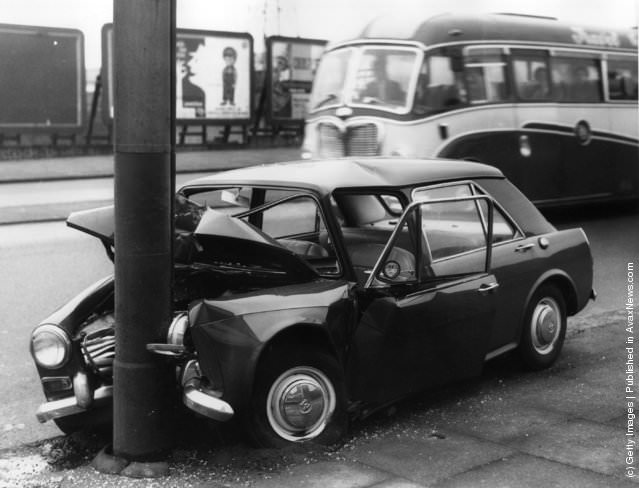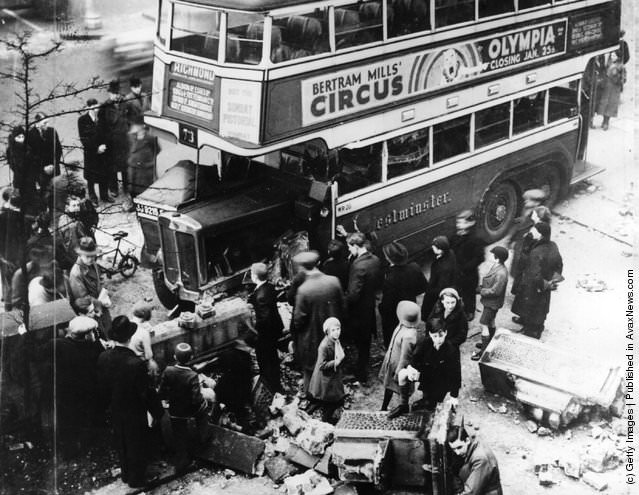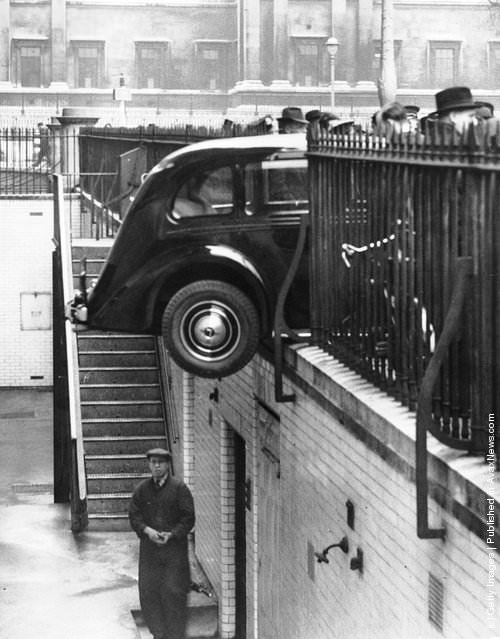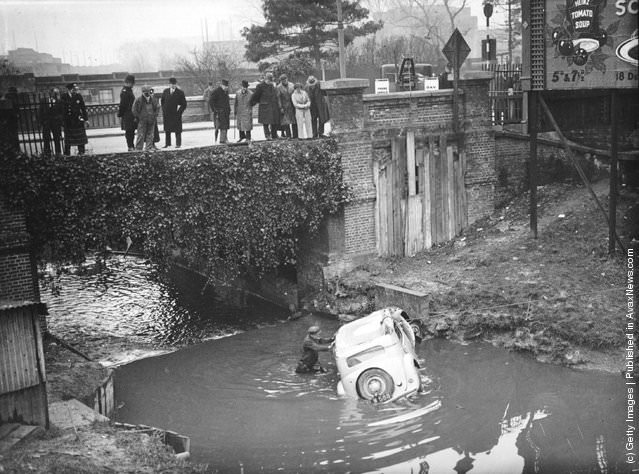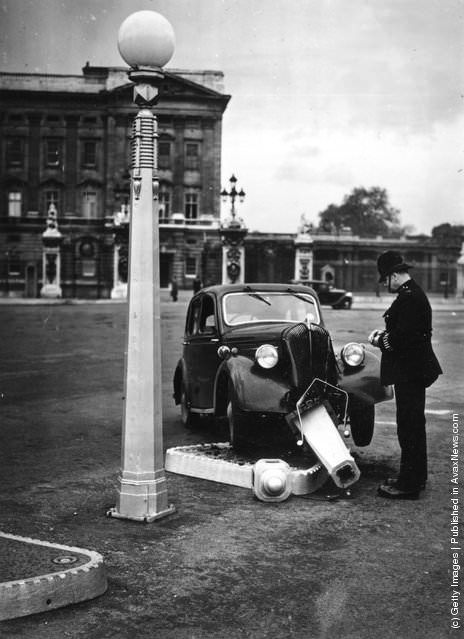London in the early 1900s was a city experiencing a major shift in how people and goods moved. For centuries, traffic meant horse-drawn carriages, carts, bicycles, and pedestrians filling the streets. But in this decade, a new machine began to appear: the automobile. These early motor cars were loud, sometimes unreliable, and looked very different from vehicles today. As more of them appeared on London’s roads, they brought with them a new type of hazard: the car accident.
Car accidents in London during the 1900s were different from those we see now. There were far fewer cars, but the roads were not prepared for them. Streets were often uneven, designed for the slower pace of horse traffic. Rules for how these new motor cars should behave were basic or didn’t exist yet. This created a challenging environment where fast, unfamiliar machines mixed with traditional road users.
Collisions frequently involved cars running into horse-drawn vehicles. Horses could be easily startled by the noise and appearance of a car, leading to unpredictable reactions and crashes. Cars also collided with the increasing number of cyclists on the roads. Pedestrians, used to stepping into the street with only slow-moving traffic to worry about, often misjudged the speed of a motor car, leading to accidents. Running into fixed objects like lampposts or buildings also occurred, especially as drivers navigated unfamiliar technology and conditions.
Read more
The cars themselves offered little protection in a crash. Early automobiles had open tops, simple frames, and no safety features like seat belts or airbags. The materials were basic compared to modern vehicles. In a collision, occupants were very exposed. Damage to the car or the object it hit could be significant even at relatively low speeds.
While slow compared to modern cars, early automobiles could travel faster than horses. This difference in speed was a major factor in accidents. A car moving at 20 or 25 miles per hour (if conditions allowed) could suddenly appear faster than other road users expected, leading to unexpected encounters and crashes that horse-drawn traffic rarely caused


